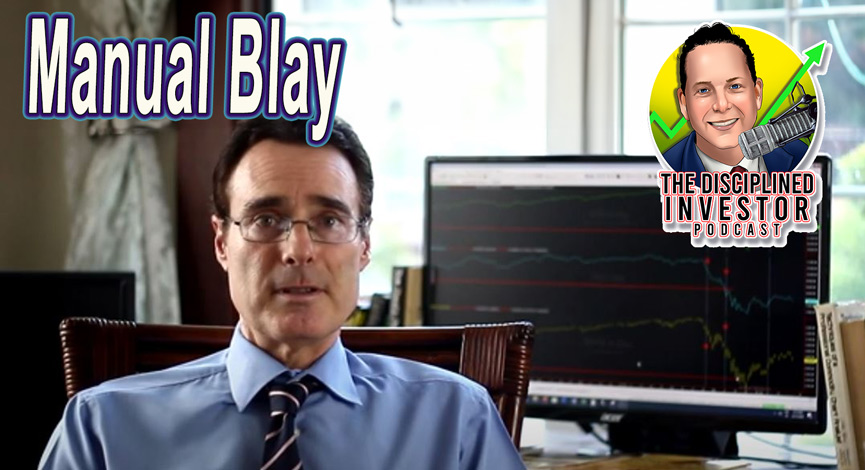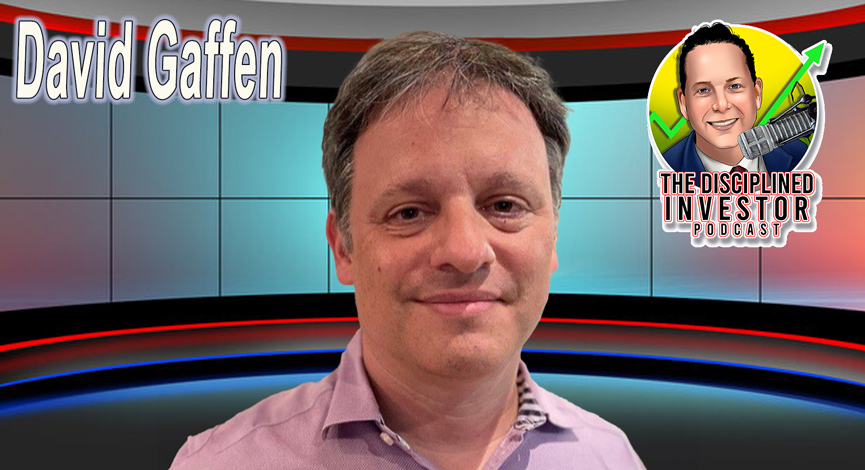While there was some good news out regarding the housing market over the past few days. Though it is still a long way away from healed. But, it is becoming increasing clear that there is little to no inflation in the economy, at least for now.
Food pricing continues to decline and there is obviously slack in the economy. That shoul dhave helped to rally equities as this is right where Mr. Bernanke wants to see the numbers so that he can continue his “extended period” party. From these PPI numbers, tomorrow’s Fed minutes will be surely show no change to those comments or direction from the FED.
But, even though there are some silver linings in many of the recent economic and earnings reports, it is no match for the ever decreasing Euro.
From Briefing.com this morning:
A Reversal in Energy and Food Costs Drive Producer Prices Lower
As expected, the foot was taken off the accelerator as producer prices switched gears into reverse. Prices fell 0.1% in April after increasing 0.7% in March. The median estimate called for prices to increase 0.1%.The move down was precipitated by drops in both energy and food costs.
The decline in food prices was expected. In March, severe weather conditions drove fresh and dry vegetable prices up 49.3% and the finished consumer foods index up 2.4%. As conditions eased and other harvests were collected in April, vegetable prices declined 10.2%. Further, an oversupply of fresh eggs resulted in egg prices declining 16.4%. In total, consumer food prices declined 0.2%.
Unlike food prices, the 0.8% drop in energy costs was unexpected. In April, the spot oil price rose 2.4% to $83.80 per barrel while gasoline prices increased 2.5% to $2.91 per gallon. The gains in energy prices were accounted for in the unadjusted index as finished energy prices rose 1.3. After statistical adjustments were made, prices showed a negative comparison to the prior month.
Outside of food and energy, producer prices rose 0.2%, slightly higher than the expected 0.1% increase. The move was due to a 0.2% increase in capital equipment as consumer goods excluding food fell 0.2%.
Inflationary pressures down the pipeline remain slightly worrisome. Core intermediate prices increased 1.1%, the largest monthly gain since a 2.0% increase in July 2008. Core crude prices rose 4.0%, down from 6.0% growth in March but still well above stable inflationary levels.
Producers have remained cautious about passing through higher supplier prices to the consumer. Until producers feel more comfortable charging consumers more money, profit margin potential will remain curtailed.
(Click on each chart to enlarge)
















